How to grow vegetables & fruits in a garden
Plants survived long before humans were around to water them, so we aren't talking about reinventing the wheel here, but rather a sensible choice of plants and basic water management.Native speciesof plants in a given region have adapted to their own climate and can usually survive the weather that comes their way. Living more harmoniously with nature makes life easier, especially in the garden, planting local varieties of apple trees in the pacific north west means one of our contributors solved the autumnal problem of racoons and squirrels raiding bins, and produced a fair few apple pies too!
当我们把植物放在它们不习惯的温度、土壤条件和水分水平的地方时,我们就会遇到问题,迫使我们施肥或打开水龙头,只是为了让它们活下去。适应自己地区的植物不仅节约用水,而且需要我们付出更少的努力,让我们有更多的时间享受花园,而不是成为它的奴隶。
Our personal ecological footprint extends beyond the walls of our home, this is why in theLEED rating systemyou will see references to'drought resistant' and'native species“在景观美化方面。
水是一种正在迅速减少的资源,加拿大人和美国人是世界上人均用水量最高的国家。所以我们能做的任何减少装饰用水的事情都是一件好事。
Rainwater recovery:
For home durability, it's important that we properly manage the water coming off of our roofs. Rather than simply directing it towards sewer systems, it's best if we can make use of it first and let any excess soak throughpermeable surfaceson our property.
In a perfect world we wouldn't be irrigating greenery around our homes from either wells or city water, but there is always a time when we will have to water plants, certainly when growing vegetables. The best thing for your plants is rainwater, as ground water will usually contain minerals that over time will build up in soil and reduce its ability to produce.

You can install elaboraterainwater collectionsystems with underground cisterns and pumps, or you can simply have your eaves trough drain right into a barrel.
雨水桶底部有水龙头,顶部有屏风,可以防止蚊子繁殖。一场好雨很快就会把桶灌满,所以要确保溢出的水从你的地基流向别处,最好是流向渗水的地方。
For an affordable system guaranteed to impress your friends, hook that barrel (or barrels) up to a soaker hose buried in your garden. Watering directly at the roots significantly reduces evaporation so you will get a lot more mileage out of one barrel of water.
Water-permeable landscaping:
The present state of our water systems is far more serious than most people realize. Aquifers don't replenish themselves at nearly the rate we consume water. Adding to that problem is the fact much of human development involves altering the earth so that water cannot penetrate it.
Not only can onsite water management reduce your consumption, but it also protects waterways. Impermeable surfaces redirect water and all the contaminants from roads and cities either directly into rivers, or towards treatment plants. And it's not uncommon during heavy rains to hear of overwhelmed treatment plants dumping raw sewage either intentionally or unintentionally directly into rivers.
So if possible keep the surfaces of your property permeable, and there are many ways to do this:
- Usepermeable paving surfacesrather than traditional asphalt.
- Leave space between patio stones where water can get to the soil, or use porous stones.
- Use river stones on pathways instead of rock dust.
- Divert storm water runoff to permeable basins or dry wells.

Ground covers:
Despite the fact that we see it on almost every front yard, Kentucky blue grass turf does not handle this climate welland consequently we end up using vast amounts of water to keep it looking healthy. If you do want to have a traditional lawn, there are drought resistant seed mixes available. Some are actually known as 'LEED grass'.
If you are ready to break out of the norm, there are many ground covers available that are low maintenance, require infrequent cutting and are even edible. ViewThe EcoHome Guide to Eco-Friendly Lawn Alternatives and Ground Cover Plants Here
Invasive species:

在过去的几个世纪里,许多外来植物物种被引入北美土壤,用于药用、园艺和农业目的。由于没有自然竞争对手,它们通常能快速生长,并超过其他植物。
The impact ofinvasive plants可能是指数级的,因为它会影响昆虫种群,从而影响授粉,进一步减少生物多样性。
因此,不要将入侵物种引入该地区不仅很重要,而且通过清除你的财产上的任何物种,你可以减缓它们的蔓延。
Some can be more tricky than others to remove so check to see what invasive plants might be propagating in your region, and how best to get rid of them. Pulling them up might not do it, some (like the dog strangling vine pictured here) have elaborate root systems that can spread out long distances.
Urban farming:
Any food we produce at our homes is food that isn't part of the agricultural industry, which is a huge consumer of natural resources. If you have a bit of space,urban farmingis a great way to reduce your carbon footprint and your food costs. Not only that, it's often healthier and even tastes better.
Any would-be gardener would love a sunny backyard or even better some acreage to grow edibles, but that isn't always the case. Some of the more limited spaces would be apartment balconies, but if they are at all facing south you'd be surprised at the yield you can get with a little ingenuity.

在条件不太理想的地方种植粮食有很多技术。这里有一些建议,可以让你在这些地方获得最大的收获。You cangrow food in small spaces, and can also find out which arethe best vegetables to grow in the shade- it simply takes choosing the right varieties and using the best techniques for success. If all that fails, my mom swears bythese.
Keep in mind this is just a few ideas to get you thinking, the possibilities are endless when you set your mind to urban farming.
- Vertical gardens make use of limited space. This works well with shallow root plants like greens.
- 豆瓣菜是一种很好的地被植物,喜欢阴凉,是你能找到的最健康的绿色植物之一。
- Instead of ornamental perennials, throw in a kale plant or a head of romaine lettuce.
- Ferns grow well in the shade, give you an early spring crop of fiddleheads, and the ones you don't eat can make a nice privacy shield.
- 用浆果代替雪松树篱。一株成熟的高灌木蓝莓可以长到6英尺高,每个季节可以轻易地结出20磅的浆果。
You may also like to look at The EcoHomeGuides to Building a Greenhouse Here,and read about thegrocery store green roof producing its own food in Montreal, Quebec, Canada.


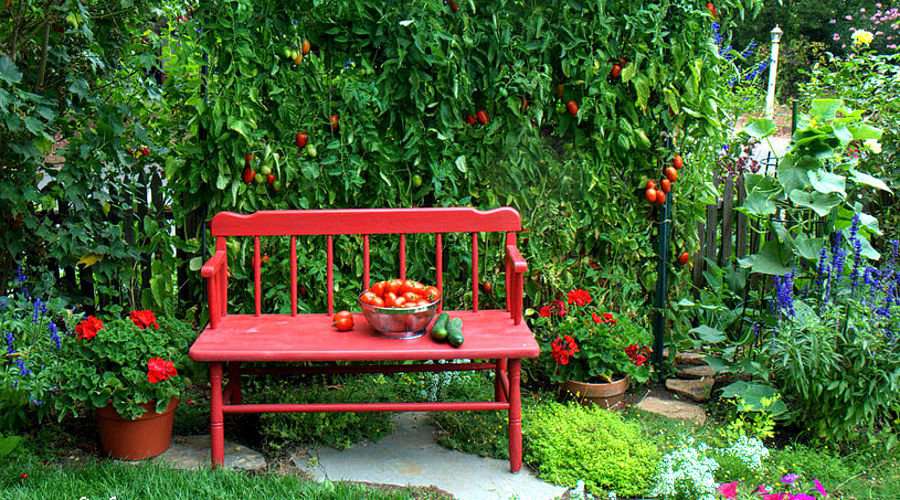
















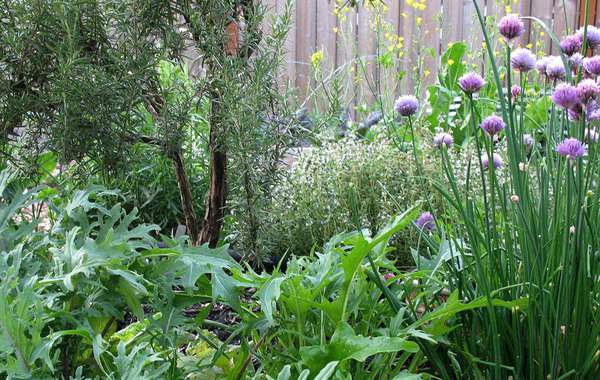
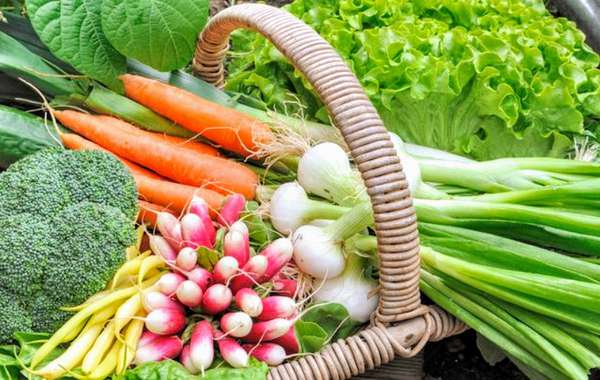
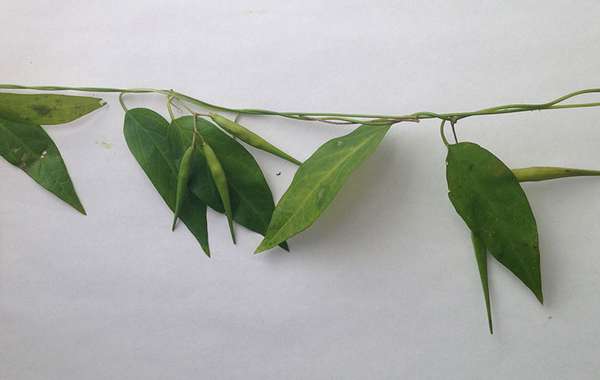
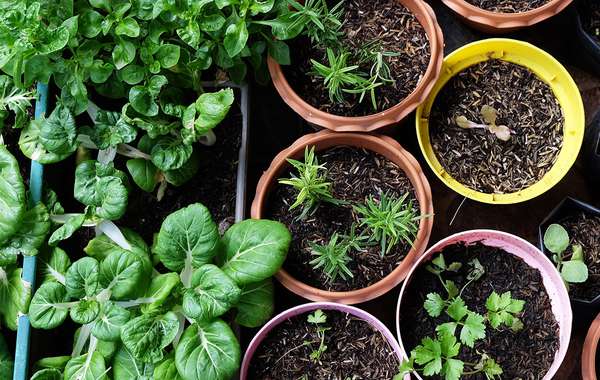
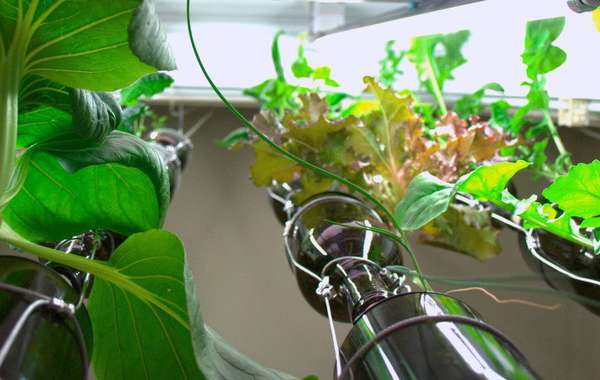
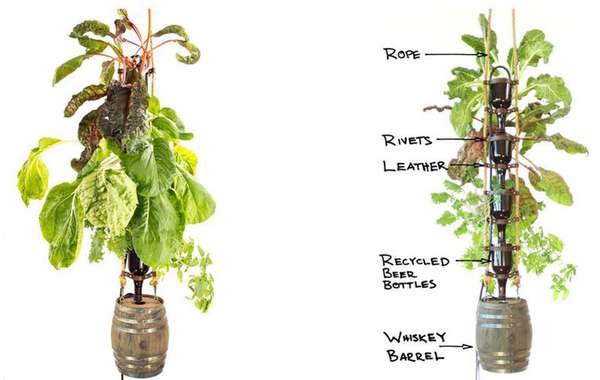
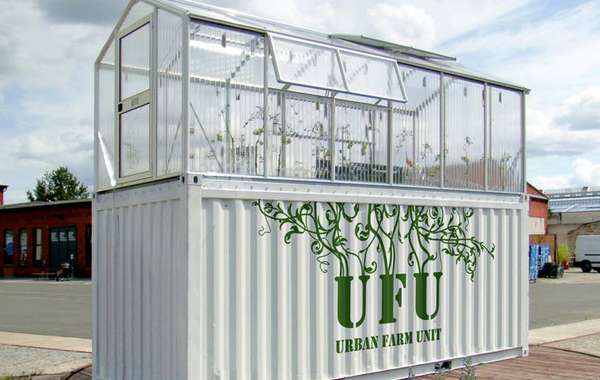
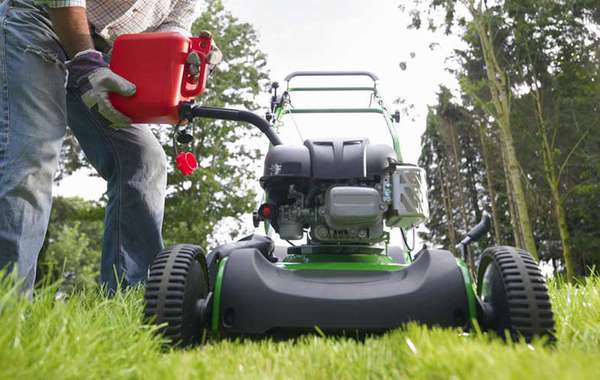
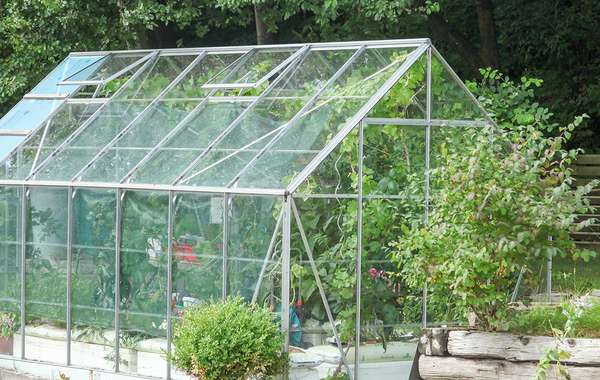
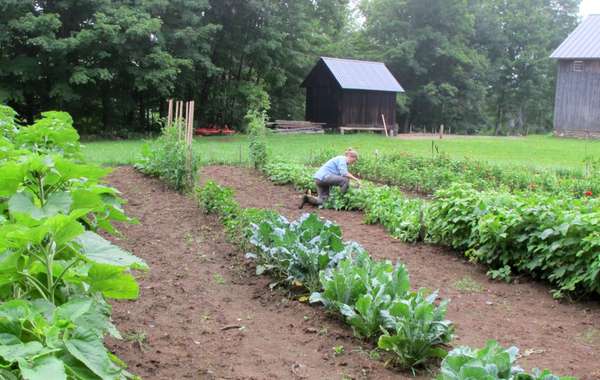
Comments (0)
Sign Up to Comment